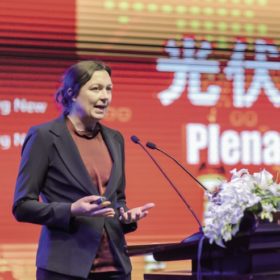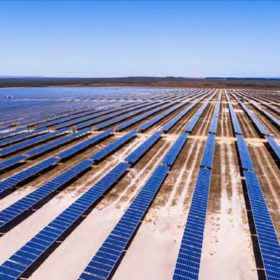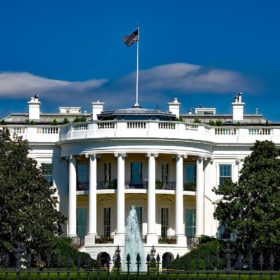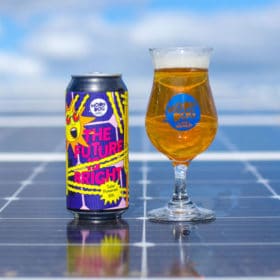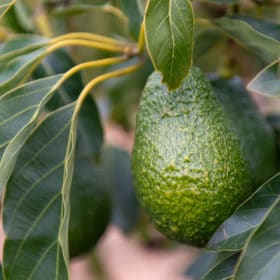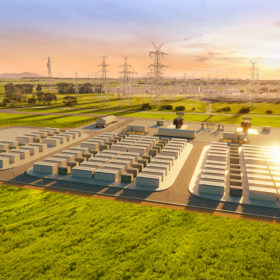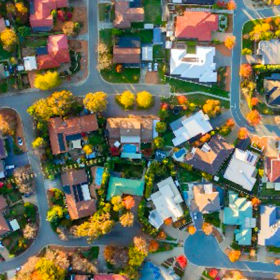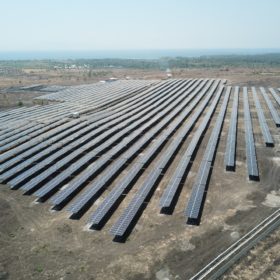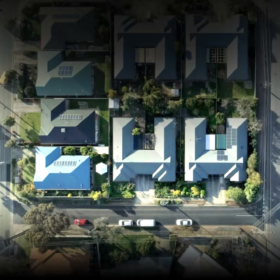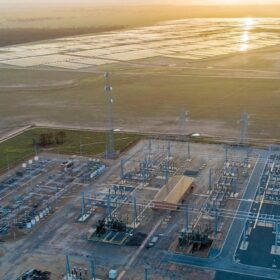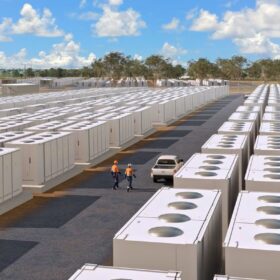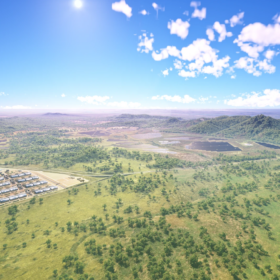Weekend read: No dummies as Chase cuts through solar’s jargon
There’s more to read in the solar world than pv magazine alone, as much as we may hate to admit it. Looking back across some of the industry’s seminal works, leading analyst Jenny Chase’s 2019 book is too valuable, and entertaining, to be ignored.
WA’s Mid-West green hydrogen potential flooded with global interest
Last year the Western Australian Government called for Expression of Interest into its potentially 1.5 GW solar and wind hydrogen hub at Oakajee Strategic Industrial Area on the state’s Mid-West. This week it has been revealed that 65 companies from around the world have submitted serious interest in making it happen.
Biden recommits U.S. to Paris climate accord, blocks Keystone pipeline
One environmental group said the new president’s actions make “the United States once more part of the global climate solution—not the problem.”
Green ammonia breakthrough a potential boon for solar-powered exports
Chemical engineers at the University of New South Wales and the University of Sydney have made a significant technological breakthrough in the development of green ammonia. The breakthrough could not only alter the global ammonia industry, but more easily use solar to produce green ammonia for export to countries like Japan and Germany instead of straight hydrogen.
The future is bright with solar-powered beer
Forget the beer goggles, settle into the spectacles of a sunny disposition and thank whatever gods may be for beer, solar panels and sunshine. That’s what Melbourne’s Moon Dog Brewing has done with the installation of a near 100 kW solar system atop their brewpub. Inspired by the savings made on emissions and electricity bills, the brewers have released a limited edition solar-powered IPA.
Green finance innovation caters for ‘Virtual Storage’ market
Hydro Tasmania and buyers Macquarie Group and ERM Power have signed a ‘Virtual Storage’ deal which will see the pumped-hydro company sell the rights to its highest priced periods of ‘discharge’ and buying a fixed MW block of low-priced ‘charge’. The innovative contract is the product of the ARENA-funded Renewable Energy Hub.
VIC Govt funds experiment to test benefits of solar in orchard farming
Unlike other nations with more limited land and faster growing populations, Australia has not yet understood the symbiotic benefits which accrue when solar PV and agriculture are combined. This week, the Victorian Government announced its Horticulture Solar Energy program and $5 million in funding for the Tatura SmartFarm to experiment with solar atop a pear orchard.
WoodMac predicts 30% drop in Asia Pacific front-of-the-meter battery costs by 2025
A new report from Wood Mackenzie suggests costs of front-of-the-meter battery storage systems in the Asia Pacific region could decline by 30% by 2025. The declining costs are already having a palpable impact as 2021 has opened with a slew of large-scale battery project announcements.
A duck for coal generators in VIC as twin outages failed to register through strong solar
Two outages at coal fired power generators in Victoria last weekend failed to faze the energy market as strong solar uptake ensured wholesale prices actually fell into the negative despite major units going offline at the height of summer.
Eastern Indonesia may become hub for large scale PV deployment
The Indonesian government has announced the construction of a big PV plant in the eastern part of the country, explaining that the region is particularly suitable for solar development due to its dry climate and high solar radiation levels. The region is indeed the most suitable area for solar parks, due to land availability and high electricity generation costs.
